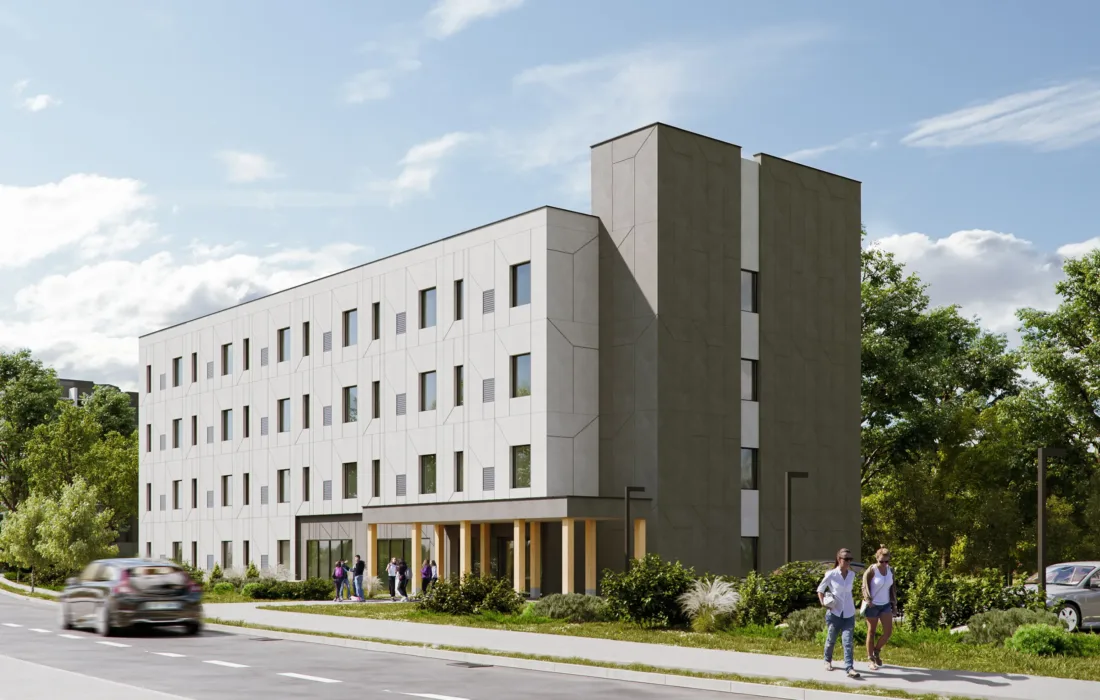The Ontario Non-Profit Housing Association began collecting data from waiting lists for rent-geared-to-income housing in 2003. At the time, Ottawa and Queen’s Park had vastly reduced their housing investments, even though demand for affordable housing was growing. While the economy boomed and housing markets soared, thousands of Ontarians struggled to keep a roof over their heads.
Many of these households joined housing waiting lists in the hopes of finding relief from high housing costs. Until recently, RGI housing – where households pay rent based on 30 per cent of their gross income – was the predominant form of housing assistance for low and moderate-income Ontarians. By summarizing and reporting annual data from waiting lists across the province, ONPHA helped spark a conversation about the urgent need for affordable rental housing.
Since 2003, demand for RGI housing has skyrocketed. This year, we learned that 171,360 households are waiting for help in Ontario – an increase of more than 45,000 households in little over a decade. Average provincial wait times for housing have climbed to nearly four years, and are significantly longer in many cities. The increase in applicants and wait times is fueled by several factors: population growth, low vacancy rates, and low levels of rental housing production, despite strong demand.
Approaches to tackling unaffordable housing have also changed, resulting in a renewed focus on “local solutions to local problems.”
Municipal and regional service managers, who are responsible for administering and delivering most of the province’s housing and homelessness services, are also tasked with developing strategies to meet the housing needs of their communities. The result has been a range of unique housing programs that are innovative and effective, but difficult to compare across jurisdictions.
At the same time, all levels of government have begun exploring financial assistance options beyond RGI housing. The Federal/Provincial Investment in Affordable Housing Program, for example, offers decision makers a range of options to meet community needs, including rent supplements that can be directed to private landlords and housing allowances that are paid directly to households to help them afford their rent. A number of service managers have created their own programs to help subsidize the cost of rent and utilities.
New, flexible models of housing assistance are emerging, and housing policies and programs are increasingly tailored to local contexts.
Data from RGI waiting lists only measures demand for one kind of housing assistance: it doesn’t accurately reflect the depth of housing need in Ontario, or the various other ways in which people are getting help with housing costs in their communities. With this in mind, we have decided that the 2016 ONPHA Waiting Lists Survey Report will be the final report in the series.
We set out on this journey to raise awareness of the need for affordable rental housing using accurate and previously unavailable data. In 2003, mentions of “affordable housing” – and the social and economic benefits it generates – were absent from newspapers and politicians’ platforms. But over the past decade, the cost of housing in Ontario has emerged as a key policy is issue.
It played a prominent role in the recent federal and provincial elections and has received extensive coverage in national and local media. Governments have since made measurable commitments to affordable housing, for which they can be held accountable. In 2015, the Ontario Government committed to a Housing and Homelessness Data Strategy to gather evidence to shape policy decisions. Service managers must report to municipal and regional councils on the demand for housing and homelessness services in their area and their solutions, ensuring transparency. And at the national level, the return of the long-form census will provide data on important indicators, such as Core Housing Need, that will measure housing affordability in communities across Canada.
These are positive developments. To meet the growing demand for affordable housing, decision makers must have flexibility and options that allow them to respond to different circumstances. Local reporting and data collection will keep discussions about affordable rental housing relevant to Ontarians and place pressure on all levels of government to respond the needs of their constituents.
Going forward, ONPHA will continue to support the development of evidence-based housing policy and the growth and sustainability of the new non-profit housing sector.

